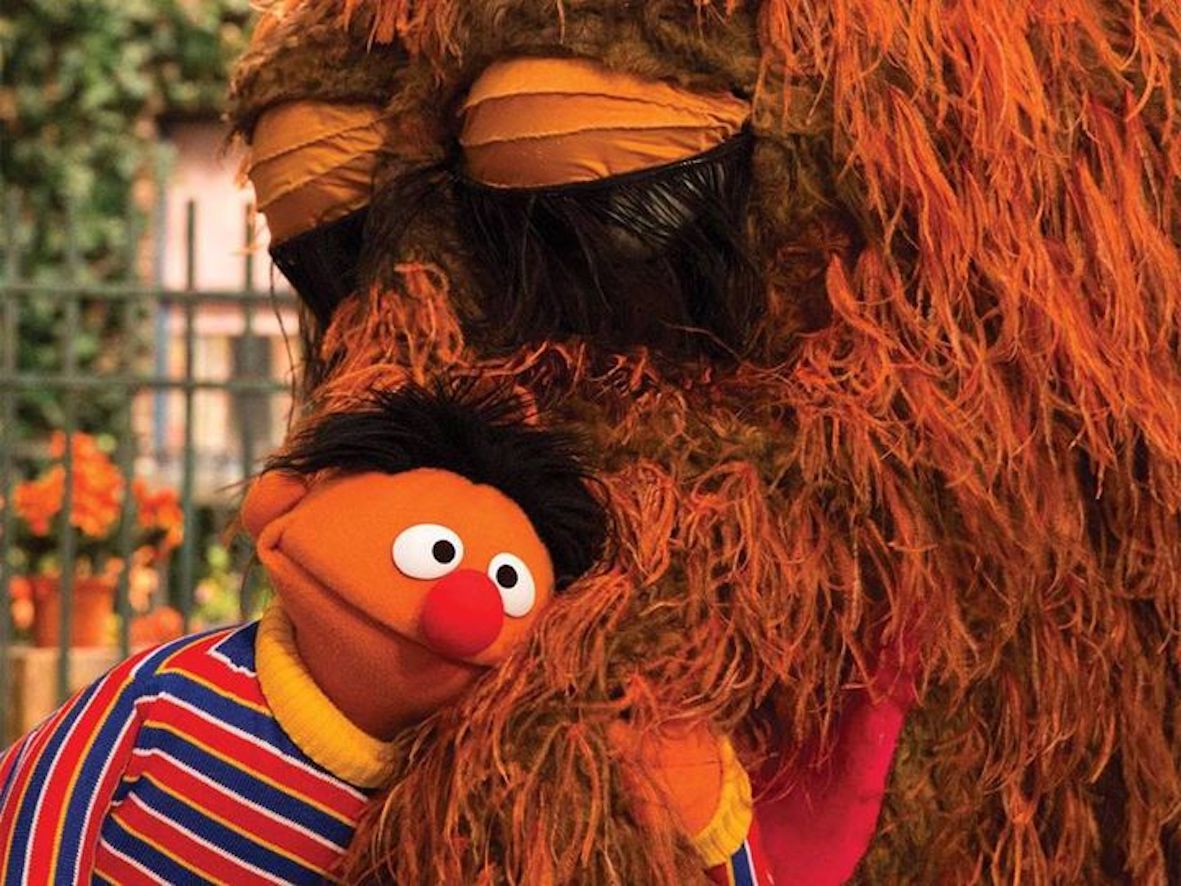This content has been published with permission from Sesame Workshop, the nonprofit organisation behind Sesame Street. ©/TM 2022 Sesame Workshop. All Rights Reserved.
You have each other. You bring your child comfort and make him feel safe. Your love helps him overcome obstacles. After a flood, it is your support that soothes your child and allows him to see that everything is going to be okay. To help you as you begin your recovery, we’ve developed “Here for Each Other.” This family guide offers tips and activities to do with your child that offer comfort and assurance.
We hope some of these ideas can help you create a warm and soothing environment that will allow both you and your child to look toward sunnier days to come. And remember, you are not alone. We are here for each other!
WHAT HAPPENED?
There was a flood. Floods happen when there is too much rain and the water covers the land.
SAFETY FIRST
Make sure you remember to:
» Let your family know that you are safe.
» Stay informed about what is happening.
Follow officials’ recommendations.
» Keep away from things like fallen power lines, dirty or contaminated water, and broken glass

Right after a flood, children need to feel secure. While it may be challenging, here are some simple ways to create a calm environment for your child:
Provide Comfort
Assure your child that she is safe and loved.
Let her know that you will take care of her. Young children need physical comfort, so hold hands and snuggle often. Holding a comfort item, like a blanket or toy, may also help.
Model Healthy Ways of Coping
After a disaster, children look to the adults around them to see how they should feel and react. As much as possible, try to stay calm. Encouraging your child to talk about her feelings is also very important.
Try to Keep One Routine
There is comfort in the familiar, especially after a disaster. Choose at least one routine that you can keep even if your situation or location changed. Simple activities that your child can look forward to each day can give him a sense of control, such as extra cuddles every morning or the same lullaby every night.
Create a Safety Net
Simply seeing or overhearing something that reminds your child of the disaster can trigger feelings of fear or sadness. Try to surround him with positive conversations and activities. Remind him that the disaster is over and that he is safe now.
Monitor the Media
Avoid your child seeing repeated images of the disaster and its damage as young children may think the event is happening over and over, in real time. If you think your child might have seen or heard something, ask him about it. Correct inaccurate information and let him express his thoughts and emotions.

Watch and Listen
It is common for children to show signs of stress immediately after a disaster. If changes in behavior persist or appear much later or affect your child’s everyday life, it might be time to seek professional help. Below are some common reactions and helpful ways to respond.
Looking for Signs of Stress
» If you observe unusual clinging or fear of being alone…
» try to use gentle words and reassure him that you will keep him safe. Offer a comfort item like a toy or blanket. If he is fearful of separating, remind him that you always come back and let him know when you will return.
» If you observe fear that the disaster will happen again…
» try to keep your child away from the news or other reminders of the disaster. Remind her that the disaster is over and that she is safe with you.
» If you observe trouble sleeping…
» try to keep a consistent routine to provide comfort. Read a favorite story or sing a favorite song each night. Simple breathing or a massage may also help.
» If you observe your child is less open, verbal, or exhibiting unusually introverted behavior…
» try to ask how he is feeling and provide an opportunity for discussion or for him to ask questions. Also, offer other ways for him to express himself, such as drawing.
» If you observe more frequent outbursts and tantrums…
» try to describe her feelings with words, such as angry, sad, scared, or worried. Provide an outlet by allowing her to play or by going for a walk together. Keeping routines can also help prevent tantrums.
» If you observe more or a return to wetting the bed, thumb-sucking, or baby talk…
» try to offer more love and affection. Understand that these are normal behaviors after a stressful event.








